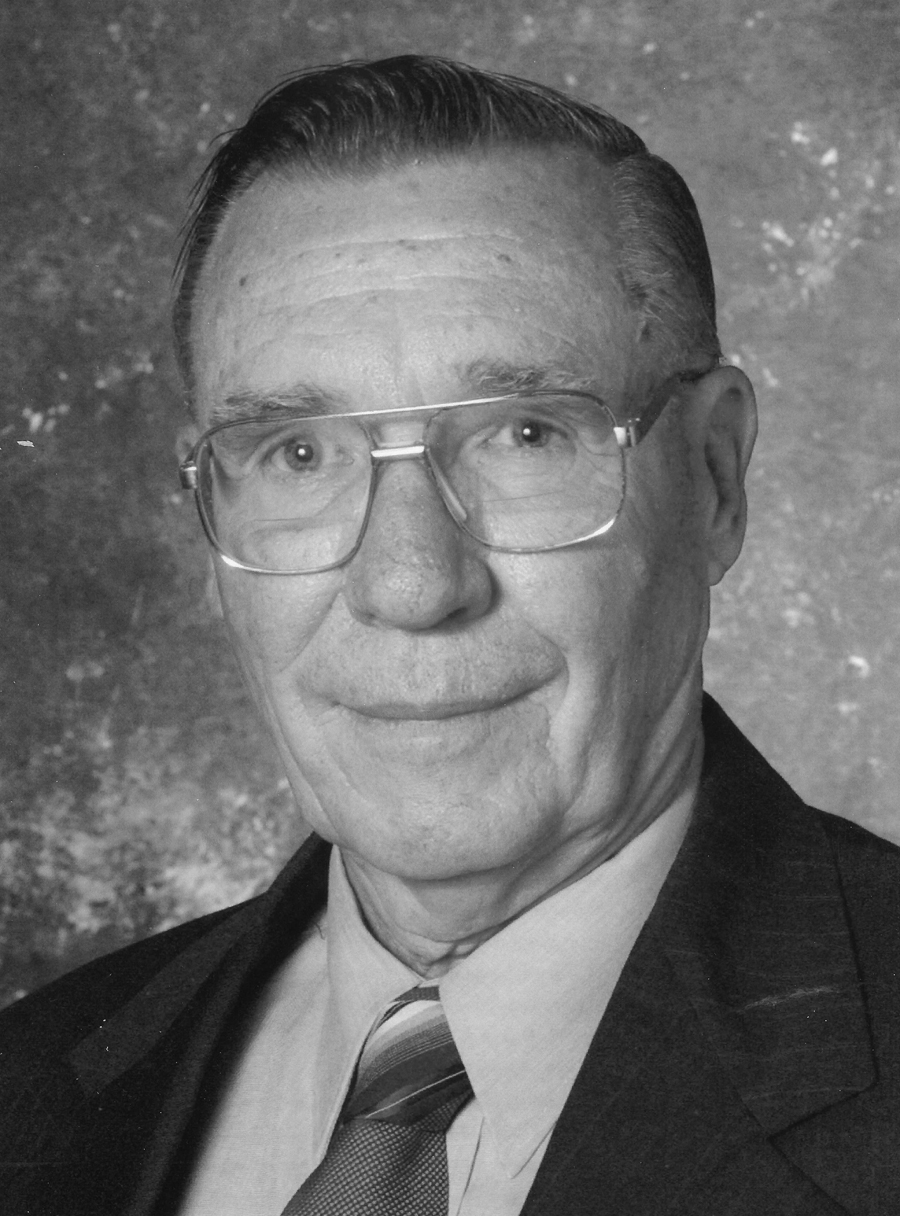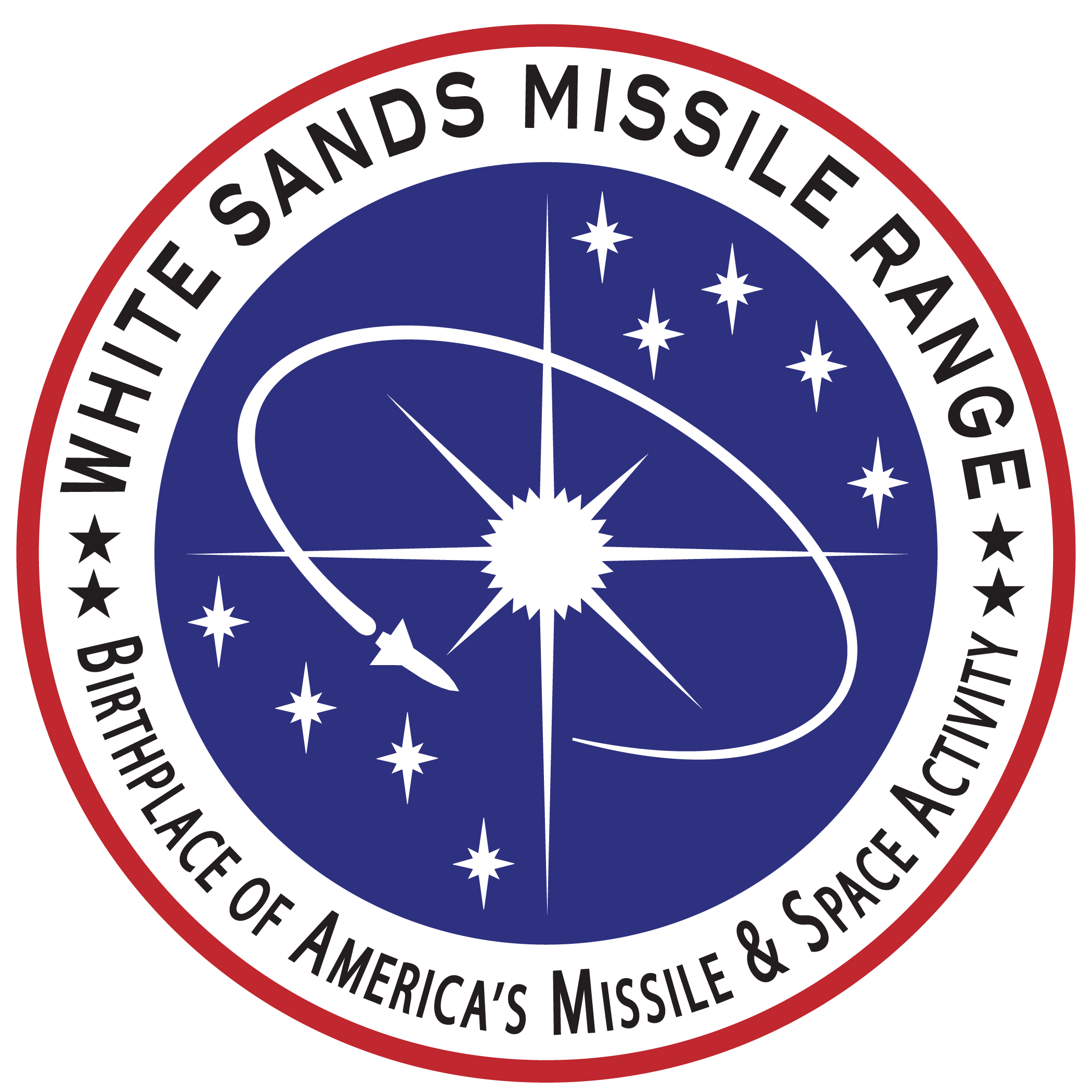
Patrick Quinlan will be inducted into the White Sands Missile Range Hall of Fame.
Pat Quinlan Going Into The Hall of Fame
On Sept. 19, 2024 Patrick Quinlan will be inducted into the White Sands Missile Range Hall of Fame. Quinlan is being recognized for being a key planner and coordinator in the development and acquisition of the instruments -- the tools that are required by White Sands to test a vast array of American and foreign weapon systems and do it safely, decade after decade. In addition to being used here in New Mexico, many of those tools are used at other test ranges across the country.
Quinlan will join the likes of Clyde Tombaugh and Wernher von Braun who all made lasting contributions to the missile range’s mission. Quinlan’s tenure at White Sands was from 1954 to 1996. He saw the Cold War come and go.
The hall of fame was established in 1980 by Maj. Gen. Duard Ball who wanted a way to honor the people who built the missile range and continue to make it the premier testing facility in the Department of Defense. Since then, more than four dozen men and women, both military and civilian employees, have been inducted.
Testing a new weapon like a missile requires creativity when trying to collect information about how the missile is performing when it is flying at supersonic speeds, thousands of feet in the air and miles from the nearest observer. This information is required to see if a successful mission really went as planned and to see what went wrong when there is a failure. In addition, much of the information is available immediately (in real time) and can be displayed so range safety officers can take action if a wayward missile or target heads for the range’s boundary and the communities around White Sands. No one wants a repeat of the V-2 that crashed just outside Juarez, Mexico in May 1947.
Radars, cameras mounted on telescopes, and instruments in the missiles and targets themselves radioing information back to ground stations are all used. Quinlan worked on many of these individual instruments, upgrading and improving them. As his expertise grew, he led efforts to organize and develop whole systems of instruments.
In the 1960s, working as a staff engineer and then senior engineer, Quinlan was responsible for systems modernization, purchasing them, their evaluation, and installation. When a requirement came up to support Lance missile tests and some of the contracted equipment wasn’t ready yet, Quinlan designed and hand built a unit to use in the interim. It worked and the project was able to test without any delays or shortage of data. His ingenuity and drive did not go unnoticed and he was given more and more responsibility.
Eventually Quinlan was given the task of preparing the requirements and specifications for the missile range’s Telemetry Data Center which is the hub for all the data being generated during the test that would be transmitted to the ground by radio. This was a period of great advancement in solid state electronics and computers. Quinlan wrote up the specifications and made sure the proposed center was equipped with the newest equipment. Because it was on the cutting edge, the winning bid was not the lowest bid. Quinlan was then part of a team that went to higher headquarters and successfully defended the unusual award. The Telemetry Data Center was the most advanced facility at the time and continues to be updated to keep up with demands for its use.
In the 1980s, White Sands Missile Range was called on to test the Pershing II missile, an incredibly accurate weapon designed to counter the Soviet threat in Europe. The testing program called for launches from 800 miles away to fully test this brand-new system. To support the tests, White Sands developed a launch site near Mountain Home, Idaho – just south of Boise.
Launching from so far away meant support for the first half of the flight could not come from the everyday control assets at White Sands. The missile range had to develop a miniaturized version of that capability and take it on the road to Idaho for the tests. It was a complex system of systems and Quinlan led the development effort. The system was built but not used in Idaho because of changes to the test protocol by the project. However, the mini-control-suite of trailers and vans has traveled to places as far away as Alaska since then.
In 1987, Quinlan was assigned as the chief of the Targets Control Branch. The political and military leaders who pay for or run the development of new weapon systems, usually like to see them tested against realistic targets. At the time, Patriot, America’s most advanced air defense missile system, had a requirement to identify, track and destroy multiple jets flying in formation. Quinlan led a project to develop a computer-driven Drone Formation Control System (DFCS). Eventually it would fly, by remote control, six jet-propelled drones as targets for the Patriot to find and destroy.
One reviewer of Quinlan’s nomination said, “It was not until the DFCS was created that a realistic test could be easily performed on a weapon system to prove that a missile could acquire and home in on a specific target in a formation of multiple targets.”
For his efforts, Quinlan was awarded the Civilian Meritorious Service Medal. He then turned around and helped make the system capable of controlling M-47 tanks on a roadway 80 miles north of the Range Control Center. The tanks, moving along the road, could safely be attacked by new missile systems or smart bombs.
After his retirement from Federal service in 1996, Quinlan continued working in the field as a consultant and a contractor at White Sands. He and his wife Jean live in Las Cruces.
Quinlan will be inducted in the hall of fame at a luncheon on Sept. 19 at 11:30 at the missile range’s Frontier Club. The event is open to the public. Choice of entrees at the luncheon are a Southwest Cobb Salad or Chicken Mesilla. The cost is $18 and payment is required when making a reservation. Reservations are required and can be made by calling the White Sands Missile Range Protocol Office at 575-678-1038.
For more information, contact Jim Eckles at 575-644-1472.
Jim Eckles




